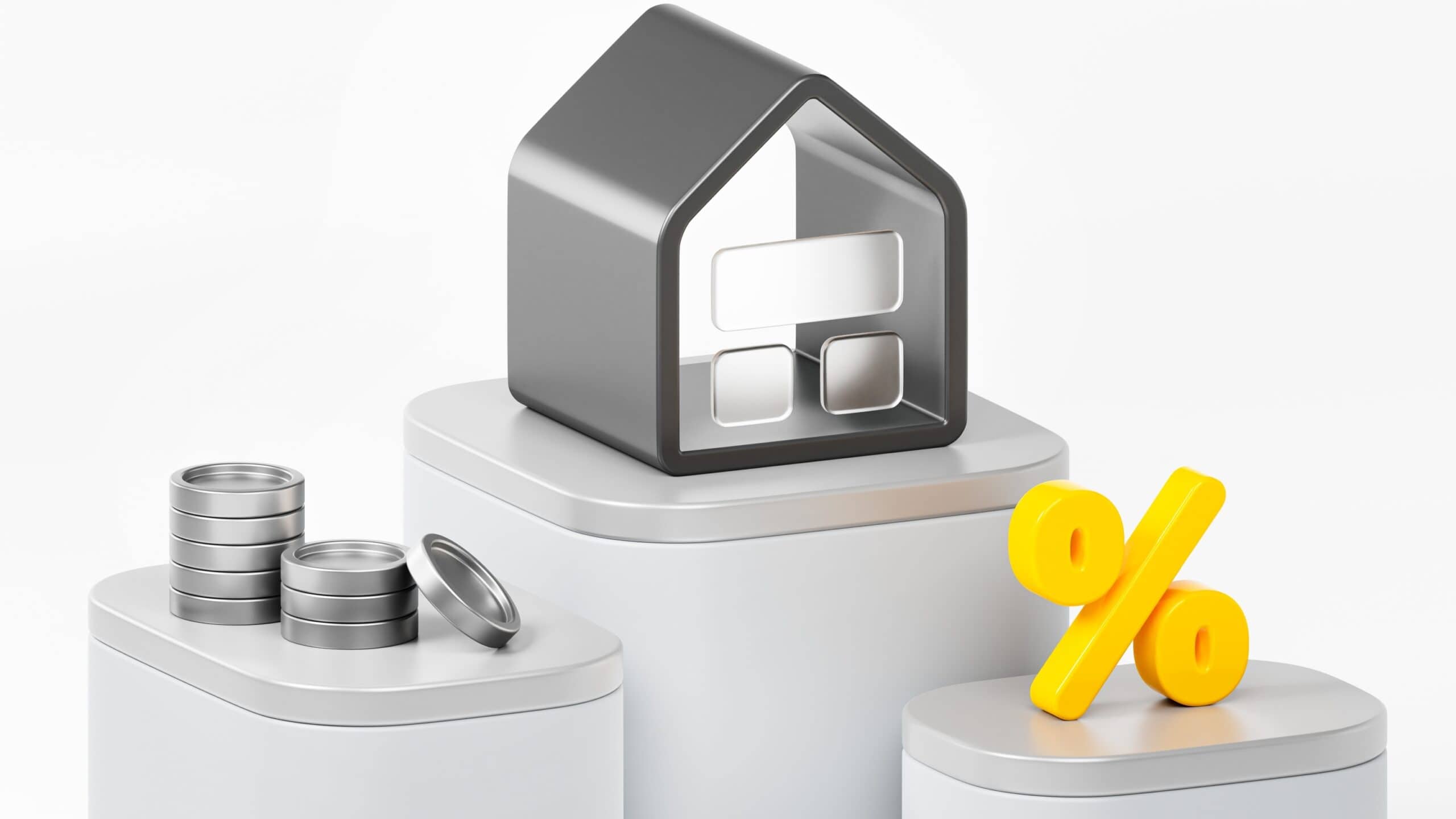
There’s increasingly gloomy news in the housing market with house price indices showing stagnant prices and Rightmove actually calling price drops in July.
Today there’s more bad tidings from Savills, which says it’s slashing its house price forecast for the rest of 2025.
“Interest rates have fallen as expected, giving buyers a bit more financial capacity than they had a year ago. But a lot has changed over the last six months. Greater geopolitical uncertainty – including tariffs and trade wars – has made predicting the precise path of further cuts more challenging” comments Lucian Cook, head of residential research at Savills.
“The last three months have been marked by a lack of buyer activity, despite improving affordability, and annual house price growth slowed to 2.1% in the year to June, according to Nationwide (down from 4.7% in December 2024). In light of this and the potential for more buyer uncertainty in the run up to the Autumn Budget, we have revised our house price forecast for this year”.
Against this backdrop, Savills expects concerns over the prospect of future tax increases to weigh most heavily on the top end of the market.
The agency, which is regarded as one of the industry’s leading forecasters, says market activity in 2025 has been complicated by how buyers reacted to Stamp Duty changes. A surge in activity at the start of the year culminated in March seeing the second-highest monthly sales volume since 2006, as buyers rushed to beat the deadline.
However, this momentum was followed by what the agency calls “a sharp rebalancing” as new buyer enquiries plummeted to their lowest level since September 2023, according to the Royal Institution of Chartered Surveyors. While a dip was anticipated, the scale of the decline outpaced the earlier surge.
Meanwhile, supply has remained consistently positive in 2025. This imbalance led to a 0.5% dip in Q2, reflecting a high level of unsold homes on the market.
“We anticipate that buyer demand will pick up heading into early autumn, particularly among first-time buyers and mortgaged home movers, driven by an expected base rate cut in August and a more competitive mortgage market” says Emily Williams, director of research at Savills. “Consumer confidence in June was the joint highest since last summer, and mortgage rates remain at their lowest for a while.”
Total transactions are projected to reach 1.04 million by year-end, in line with previous forecasts. While elevated supply levels may temper price growth, Savills maintains a positive outlook of 1% for 2025 overall despite the slow start.
Beyond next year, house price growth will be determined by affordability, thanks to falling interest rates in combination with relaxation around affordability tests.
Overall, the agency expects house price growth to total 24.5% by the end of the five years to 2029, adding an extra £86,300 onto the average house price.
So with bad news around, is this the time to sit tight or jump in to the property investment arena?
Caroline Marshall-Roberts, chief executive of BuyAssociation, says with the average property price now standing at £296,665, buyers are required to pay tax on properties valued over £125,000, down from the previous threshold of £250,000.
First-time buyers must now pay Stamp Duty on homes costing more than £300,000, compared to the previous limit of £425,000. These adjustments, combined with broader economic pressures such as the rising cost of living and ongoing pay disparities, have raised the bar for aspiring homeowners. The goalposts have shifted, making careful financial planning more important than ever.
“In the current buyer’s market, this price drop reflects softer demand following the stamp duty revisions. This, along with a notable rise in property listings, now at their highest level in over nine years, suggests that buyers may have more negotiating power. This means it could be a good time to make a move.
“Mortgage conditions have also improved, with rates edging down. The current Bank of England base rate sits at 4.25%, the lowest since March 2023. While still relatively high, it’s more manageable than in recent months.
“When you look at forecasts from major lenders and analysts, including Halifax, Nationwide, and Zoopla, now could be a strategic time to invest, especially in more affordable northern regions. Five-year projections suggest solid house price growth in these areas, making them increasingly attractive to long-term investors seeking to maximise returns.”
However, there are still reasons to exercise caution, she reminds investors.
“Stamp duty remains a key consideration. It’s a significant upfront cost, especially in higher-value areas, and must be factored into any buying decision.
“Regional variation is another factor, with some parts of the UK seeing price declines while others are experiencing growth. Investors may need to consider areas they had not previously targeted. Although this may initially seem like a drawback, it can actually open up more viable and positive investment opportunities.
“Thorough research is essential. Buyers should fully understand how the stamp duty thresholds and wider economic conditions, such as further changes to interest rates, might affect their ability to buy.”
Please visit:
Our Sponsor
